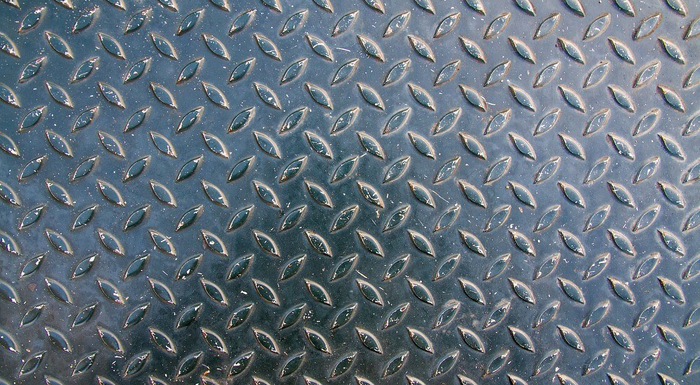Fire protection of steel for fire and blast protective products


Fire resistant systems nowadays combine active and passive fire protection measures. Steel is a key material in passive fire protection since it is commonly being used in buildings and structures and is known for its fire resistance.
This article will take a close look at the properties and characteristics of steel in terms of fire protection.
Active fire protection include all systems that require human involvement or automatic activation, such as fire alarms, sprinkles and fire extinguishers. Passive fire protection measures are built into a structure and provide protection by means of materials used in the construction and by compartmentalization.
Fire resistant properties of steel
Steel is a strong materials with high stiffness, toughness and ductile properties. It can be developed into any shape, which are either bolted of welded in construction. As mentioned before, steel is a fire resistant, non-combustible and durable material with many excellent structural properties. So, it does not contribute to the ignition of fires, the spread of fires or the size and severity of fires. This results in the reduction of risks to people, firefighters and the structure as a whole. Under some circumstances, unprotected steel is permitted for certain types of hazards. When a higher level of fire protection is required, steel can be insulated by e.g. spray-applied fire resistive materials, intumescent coatings, and gypsum-board enclosures.
Extra protection for steel is needed because still will lose its mechanical strength at a temperature of 550oC. During cellulosic fire hazards, where fire temperature increases up till 500oC within 5 minutes, non-insulated steel will be sufficient for fire protection. However, during hydrocarbon and jet fire hazards, where fire temperatures will reach more than 1000 oC, extra insulation is highly required and, according to some standards and regulations, even mandatory under such circumstances.
The application of steel in fire and blast rated solutions
Fire rated walls, doors and windows are required to be engineered with non-combustible materials according to the IMO FTP Code. Due to its excellent characteristics, several types of steel are generally used for manufacturing these products. Fire rated door leafs and hinges are commonly made out of mild steeds finished with an offshore paint system or stainless steel which is glass blasted or painted. The external part of fire rated walls exists out of mild steel, stainless steel or duplex. If the wall has an internal liner, the materials used are either galvanized steel of stainless steel. The subframe of a fire rated window can be supplied in both mild steel with offshore paint system, or stainless steel 316L glass blasted finish, or coated with an offshore paint system.
Steel is main material used for fire rated solutions because of its fire resisting capabilities. Want to know more about other materials used for fire rated solutions? Download our eBook Van Dam’s product range.





